Search Images
Browse Content (p. 1410)
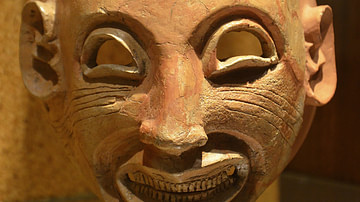
Image
Punic Mask
A terracotta mask from Tharros, 6th-5th century BCE. These masks were used to ward off evil spirits in Carthaginian culture and are commonly found in Punic tombs.
National Archaeological Museum, Cagliari.
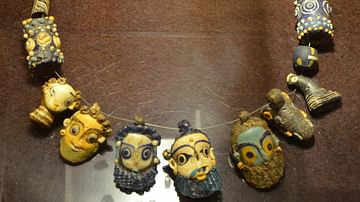
Image
Carthaginian Necklace
A necklace of glass paste beads, Carthage, 4th-3rd century BCE. (National Archaeological Museum, Cagliari)
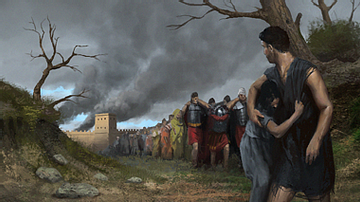
Image
Fleeing Romans
Romans escaping the city sacked by Brennus in 390 BCE.
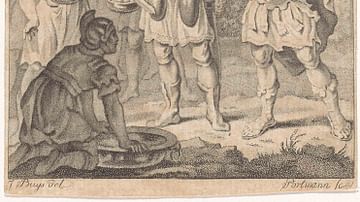
Image
Brennus Throws His Swords on the Scale
Vae victis! Woe to the vanquished! Brennus throws his sword on the scale after the sack of Rome in 390 BCE. Print by Ludwig Gottlieb Portman, based on the drawing of Jacobus Buys, 1794
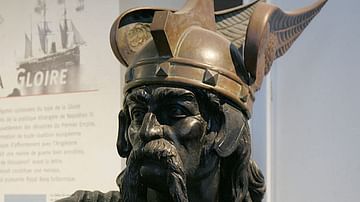
Image
Brennus
Modern depiction of Brennus, on display in the Musée national de la Marine.
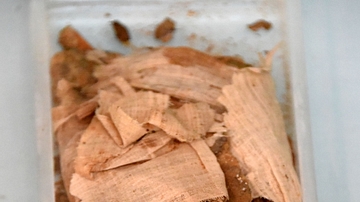
Image
Mummified Lung of the Scribe Sutimose
This embalmed lung tissue was found in the canopic coffinette of the treasury scribe of the domain of Amun, Sutimose. Microscopic examination of a section of this tissue revealed an evidence that Sutimose had suffered from anthracosis (a...

Image
Skull of Meryrehashtef
The skull of this middle-aged man shows clear dental attrition (wear of the biting surfaces of the teeth). The injury to the left parietal bone may have occured after death. From Sedment, Egypt. 6th Dynasty, circa 2345-2181 BCE. The British...
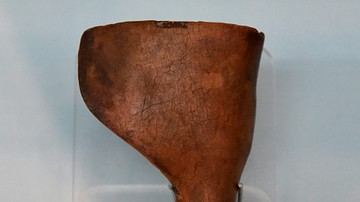
Image
Prosthetic Toe of Painted Cartonnage
This false toe was found attached to the foot of a mummy, and is an early example of the use of prosthetics in the ancient world. From Egypt. Third Intermediate Peridod, 1070-664 BCE. (The British Museum, London)
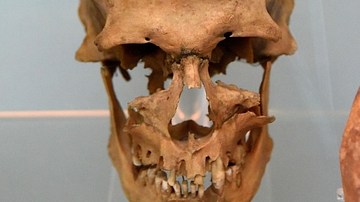
Image
Skull of Heny
The skull shows heavily worn teeth and evidence of tooth abscesses. From Asyut, Efgypt. Early 12th Dynasty, circa 1950 BCE. The British Museum, London.
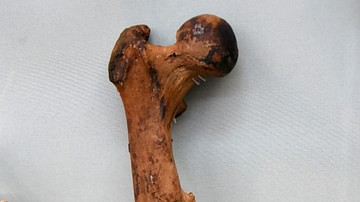
Image
Fractured Femur of an Egyptian Mummy
This right femoral bone shows evidence of malunion and misalignment of a healed fractured. From Abydos, Egypt. Late Period, after 664 BCE. (The British Museum, London)